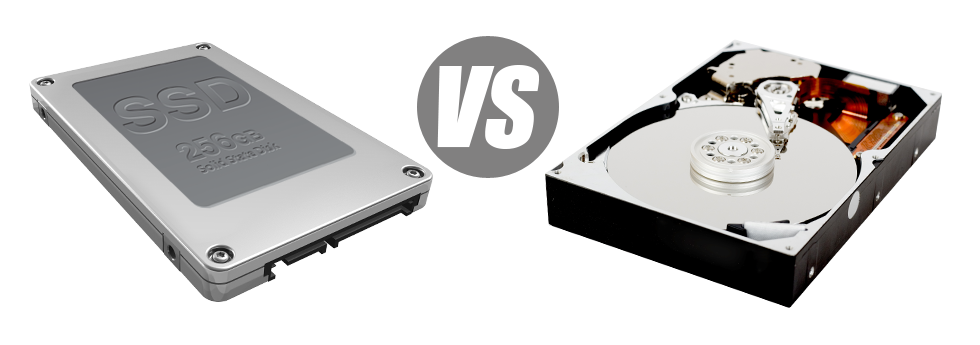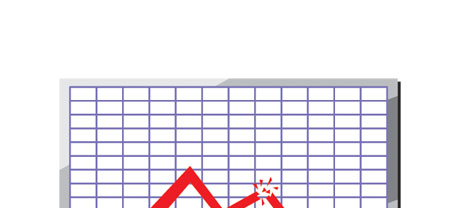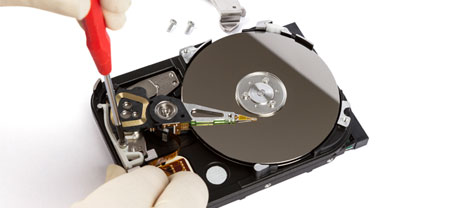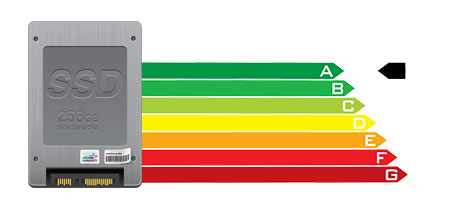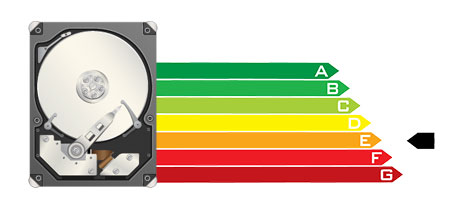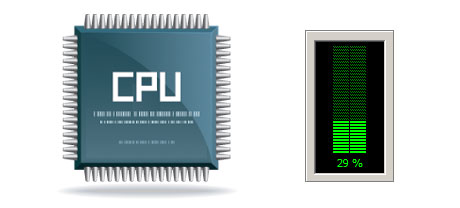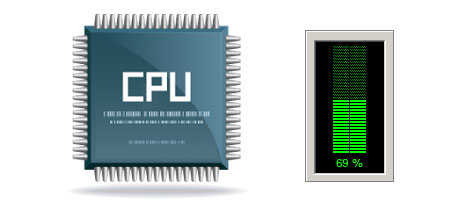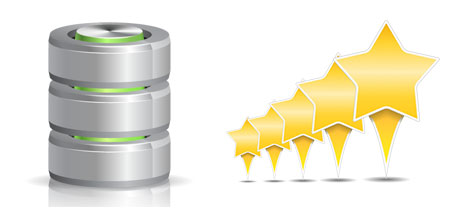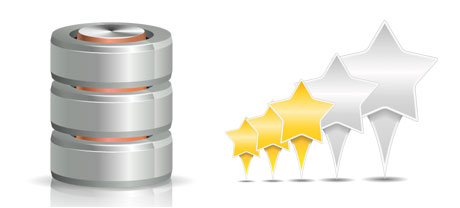For decades there seemed to be a particular reliable option to keep information on your computer – employing a hard drive (HDD). Having said that, this sort of technology is actually displaying it’s age – hard drives are noisy and slow; they are power–ravenous and are likely to create lots of warmth for the duration of intense operations.
SSD drives, alternatively, are swift, use up a lot less energy and are also far less hot. They feature a completely new method of file accessibility and data storage and are years ahead of HDDs in terms of file read/write speed, I/O operation and power capability. See how HDDs fare against the newer SSD drives.
1. Access Time
SSD drives present a brand new & impressive way of file safe–keeping in accordance with the utilization of electronic interfaces instead of just about any moving parts and turning disks. This brand new technology is considerably faster, allowing for a 0.1 millisecond file accessibility time.
HDD drives even now take advantage of the exact same basic file access concept which was initially developed in the 1950s. Despite the fact that it was much improved after that, it’s slower in comparison with what SSDs are offering to you. HDD drives’ data access rate varies somewhere between 5 and 8 milliseconds.
2. Random I/O Performance
The random I/O performance is important for the effectiveness of a data file storage device. We have carried out extensive exams and have identified an SSD can handle no less than 6000 IO’s per second.
With an HDD drive, the I/O performance progressively raises the more you apply the hard drive. Nonetheless, right after it actually reaches a certain cap, it can’t get swifter. And due to the now–old concept, that I/O limitation is significantly below what you can get having an SSD.
HDD are only able to go so far as 400 IO’s per second.
3. Reliability
SSD drives are lacking virtually any moving elements, meaning that there is far less machinery in them. And the fewer actually moving parts you will find, the fewer the chances of failing will be.
The standard rate of failure of an SSD drive is 0.5%.
With an HDD drive to work, it must rotate a couple of metallic disks at a minimum of 7200 rpm, keeping them magnetically stabilized in the air. They have a whole lot of moving parts, motors, magnets and also other devices packed in a tiny place. Therefore it’s no surprise that the standard rate of failure associated with an HDD drive ranges somewhere between 2% and 5%.
4. Energy Conservation
SSDs are lacking moving components and need not much cooling down energy. Additionally they involve very little power to perform – trials have established they can be operated by a common AA battery.
In general, SSDs use up between 2 and 5 watts.
From the moment they were created, HDDs have invariably been really energy–hungry systems. Then when you’ve got a web server with lots of HDD drives, this can add to the regular monthly electric bill.
Normally, HDDs use up somewhere between 6 and 15 watts.
5. CPU Power
As a result of SSD drives’ better I/O effectiveness, the main hosting server CPU can process file queries faster and save time for different functions.
The normal I/O delay for SSD drives is exactly 1%.
As compared to SSDs, HDDs allow for slower data access speeds. The CPU is going to await the HDD to come back the requested data file, scheduling its resources in the meanwhile.
The normal I/O delay for HDD drives is about 7%.
6.Input/Output Request Times
It is time for a few real–world cases. We competed a detailed platform backup with a hosting server using only SSDs for file storage uses. In that process, the standard service time for any I/O query remained under 20 ms.
During the identical trials with the exact same web server, now installed out with HDDs, overall performance was substantially slow. All through the web server data backup procedure, the typical service time for I/O demands varied somewhere between 400 and 500 ms.
7. Backup Rates
You’re able to experience the real–world great things about having SSD drives day by day. By way of example, with a web server designed with SSD drives, a complete back up is going to take simply 6 hours.
In the past, we have worked with mostly HDD drives on our web servers and we’re knowledgeable of their general performance. On a web server built with HDD drives, a full hosting server backup usually takes about 20 to 24 hours.
Should you wish to immediately enhance the functionality of your sites without needing to modify any code, an SSD–equipped hosting service will be a very good solution. Check out SupremePanel’s shared hosting plans packages and also our VPS web hosting plans – these hosting solutions highlight swift SSD drives and can be found at affordable prices.
Hepsia
- Live Demo
Service guarantees
- Each of our Virtual Private Servers is installed for you cost–free. 99.9% network uptime. Full root access.
Compare our prices
- Quickly review the quotas and characteristics supplied by SupremePanel’s Virtual Private Servers. Discover which VPS Web Hosting package provides you with exactly what you need to deal with your multi–media online presence comfortably.
- Compare our hosting plans
Contact Us
- Get in touch with us round the clock by email or by utilizing SupremePanel’s extremely–fast ticketing system. Our technicians are going to reply to any of your requests in up to 60 minutes.
